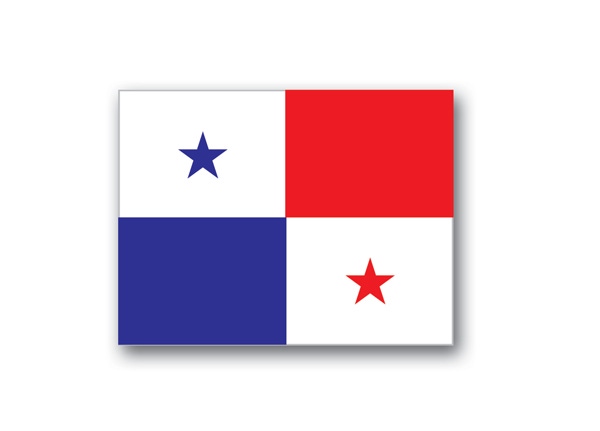The U.S.-Panama Free Trade Agreement (FTA) entered into force Oct. 31, further enhancing market access for U.S. pork in Central America.
December 17, 2012

The U.S.-Panama Free Trade Agreement (FTA) entered into force Oct. 31, further enhancing market access for U.S. pork in Central America. Under this agreement, the U.S. pork industry receives significant relief from Panama’s historically high duties on imported pork. For example:
· Duties ranging from 60 to 70% on most pork cuts have been eliminated through a duty-free, 3,520 ton tariff rate quota (TRQ).
· Panama’s 15% duty on bacon, cured hams and pork fat was eliminated through a duty-free TRQ of 1,399 tons.
· Duties ranging from 15 to 30% on certain prepared and preserved items were eliminated through a duty-free TRQ of 670 tons. This includes packaged deli ham and precooked bacon, both popular U.S. pork items.
· The tonnage covered by each of these TRQs will be increased annually until reaching unlimited duty-free volumes in the 15th year of the agreement.
The U.S. Meat Export Federation (USMEF) projects that these market access improvements could boost annual pork and pork variety meat exports to Panama over the $30-million mark by 2016. Even with pre-FTA duty rates in effect, exports to Panama through October of this year reached nearly 10.3 million pounds valued at $11.6 million. This makes Panama the 18th-largest volume market for U.S. pork and 17th in terms of value.
The United States is Panama’s largest supplier of pork, followed by Denmark and Canada. Canada has negotiated a trade agreement with Panama that offers similar terms for pork, but it has yet to be implemented.
Although the U.S.-Panama FTA has only been in effect for a few weeks, USMEF has been actively marketing U.S. pork in Panama for some time. “We were ready to hit the ground running in Panama, thanks to behind-the-scenes groundwork that was done in anticipation of the trade agreement,” explains Gerardo Rodriguez, USMEF director of trade development for Central America and the Dominican Republic. “This included early identification of potential marketing opportunities and beneficial partnerships with importers, processors and distributors. USMEF has been working on the educational aspects of our marketing strategy so that when the FTA took effect we could fully capitalize on this opportunity.”
In July 2011, USMEF chose Panama City as the venue for its first major product showcase in Central America. The two-day program attracted more than 75 buyers from Panama, Guatemala, Belize, El Salvador, Costa Rica, Nicaragua, Honduras, Columbia, Chile, Peru and the Dominican Republic, introducing them to high-quality U.S. meat products. The turnout of U.S. exporters was also outstanding, as they sought to gain an early foothold in a market where trade barriers would soon be lowered.
“Our main goals of the product showcase were to give USMEF members a chance to see the market firsthand, allow them to meet face-to-face with importers, and educate them about the rapidly growing opportunities in the region,” Rodriguez says.
U.S. pork exports have been achieving success in Central America for some time, according to Rodriguez, thanks to the Dominican Republic/Central America Free Trade Agreement (CAFTA-DR) that was implemented several years ago. Panama was the only Central American country not included in CAFTA-DR. He says CAFTA-DR has been especially beneficial in developing a strong market in Honduras, which is now a top 10 destination for U.S. pork in terms of both volume and value. Through October, this year’s pork and pork variety meat exports to Honduras reached 34.7 million pounds valued at $37.3 million.
Guatemala has also been an outstanding growth market for U.S. pork in 2012, as exports through October increased 28% in volume (22.8 million pounds) and 24% in value ($23 million) compared to the same period in 2011. This placed Guatemala 14th in both volume and value among all international destinations for U.S. pork. Export value has also increased significantly this year in Costa Rica ($5.4 million, more than 34%) and El Salvador ($5.3 million, more than 29%).
“With duty rates and other trade barriers being lowered, CAFTA-DR has opened many new doors for U.S. pork in Central America,” Rodriguez says. “That experience is one of the reasons USMEF is so excited about the opportunities created by the U.S.-Panama FTA.”
You May Also Like



